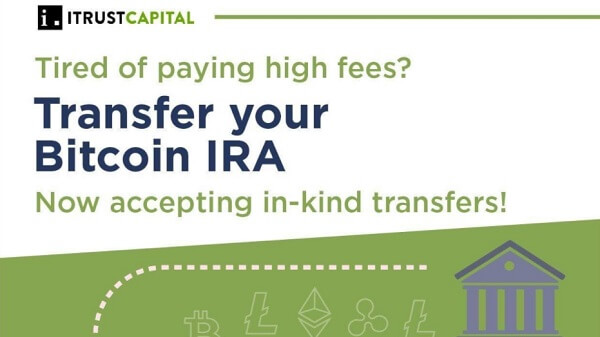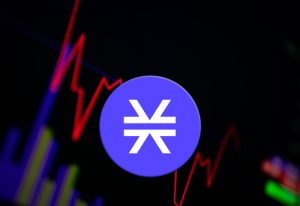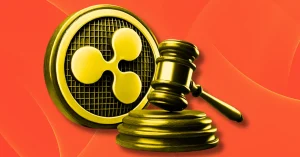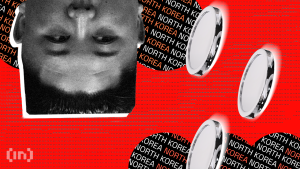How Real Is the Decentralization Myth? Very Real, Say Experts
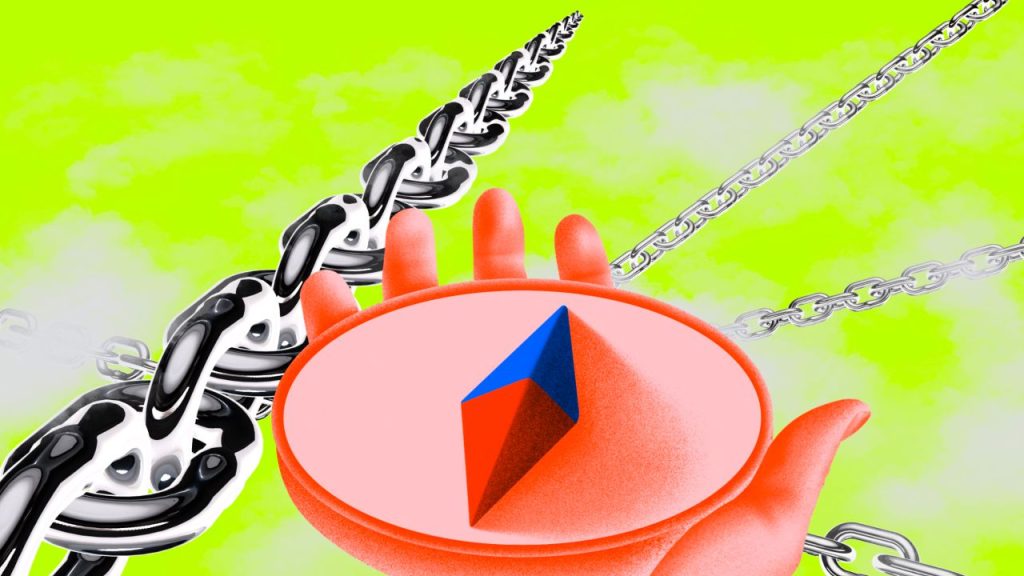
One of this week’s talking points in crypto has been decentralization—or the lack of it. But to what extent is the “d word” just branding for projects that are nothing of the sort?
During an event at Korea Blockchain Week, Vitalik Buterin took to the stage to discuss the ongoing issues with Ethereum’s decentralization. Buterin said that running a node—a computer that participates in a blockchain network to validate and relay transactions—should be cheaper and easier.
Vitalik Buterin Acknowledges Ethereum Has a Problem
The founder of the world’s second-biggest blockchain acknowledged that node centralization was a key challenge for the network. To fix the problem, and as part of Ethereum’s (ETH) roadmap, the chain will reduce full node hardware requirements by using “stateless clients.”
This could, eventually, allow mobile devices to validate and verify all transactions on Ethereum. However, Buterin recognized it will take a “10-year timescale, maybe a 20-year timescale.”
Buterin emphasizes the need to address Ethereum network centralization. A pressing issue for many in the crypto community who aim to shift control of digital data away from corporate owners and executives.
The Decentralization Myth Is a Running Concern in Web3
It’s not just node centralization that has caused a fuss, either. Nor corporate owners and executives, for that matter.
Lido Finance now holds almost a third of all staked Ethereum, raising concerns about its growing influence and potential centralization. Over the past year, total staked ETH grew substantially, with Lido holding 32.5%. Critics warn that Lido’s size could compromise Ethereum’s decentralized nature and make a mockery of the term.
This week, the chief decentralization officer at Ethereum, Evan Van Ness, called Lido possibly the biggest threat to Ethereum’s decentralization in its history.
It’s not just Ethereum, either. Ripple, the creator of the XRP token, only reduced its holdings to less than 50% of the supply in October of last year.
In response to an October 2022 attack, BNB Chain, Binance’s blockchain, quickly halted its network and minimized a $566 million hack to $100 million. However, it did this by coordinating action among its 26 validators. Understandably, this raised questions about the centralized control and potential vulnerabilities in its more streamlined, “proof-of-staked authority” system.
Many Projects Are Decentralized in Name Only
Caspar Sauter, co-founder of D8X, told BeInCrypto that many so-called “decentralized” projects have smart contracts with an owner account that is either an externally-owned account or a multisig account controlled by the core team. Deciphering which projects are truly decentralized can take time, expertise, and effort.
Sauter explained:
“Often those owner accounts grant wide-ranging privileges to control assets. With such a setup, you essentially have a centralized player that controls everything.”
Although Sauter did acknowledge there were genuine DeFi projects, decentralization often takes a lot of work to get right, he said.
In a discussion with BeInCrypto, Konstantin Boyko-Romanovsky, CEO at Allnodes, said true decentralization in blockchain is a key goal but hard to achieve.
“There are valid arguments on both sides as to whether decentralization is more myth than reality in some blockchain networks,” he added.
Attaining complete decentralization in blockchain is an ongoing effort. However, balancing ideal decentralization with real-world usability and efficiency involves compromises.
Furthermore, elegant technical solutions, like the aforementioned stateless clients, can often take years to implement.
Users Don’t Care About Decentralization, But About Its Benefits
But it’s not all bad news, says Richard Meissner, co-founder at Safe, who told BeInCrypto that calling decentralization a “myth” is a strong statement. While full trustless decentralization is not here yet, the last several years have seen great progress.
There’s also the problem of regulatory risk that comes with handing over your project to a community.
“Most dapps are hosted via centralized hosting services and their domains are controlled in a centralized way. Also for many teams, the governance process still contains a centralized security mechanism as this is also a regulatory measurement,” he added.
Although, in Meissner’s view, decentralization should be invisible to users. Just as people don’t think about the type of database their service provider uses now, they shouldn’t have to care that a system is decentralized. The benefits of decentralization, like ownership of accounts and funds, censorship resistance, and universal availability, are what matter to users.
If another technology could provide those same benefits with better user experience, even without decentralization, users would likely adopt it, Meissner concluded.
Disclaimer
In adherence to the Trust Project guidelines, BeInCrypto is committed to unbiased, transparent reporting. This news article aims to provide accurate, timely information. However, readers are advised to verify facts independently and consult with a professional before making any decisions based on this content.


